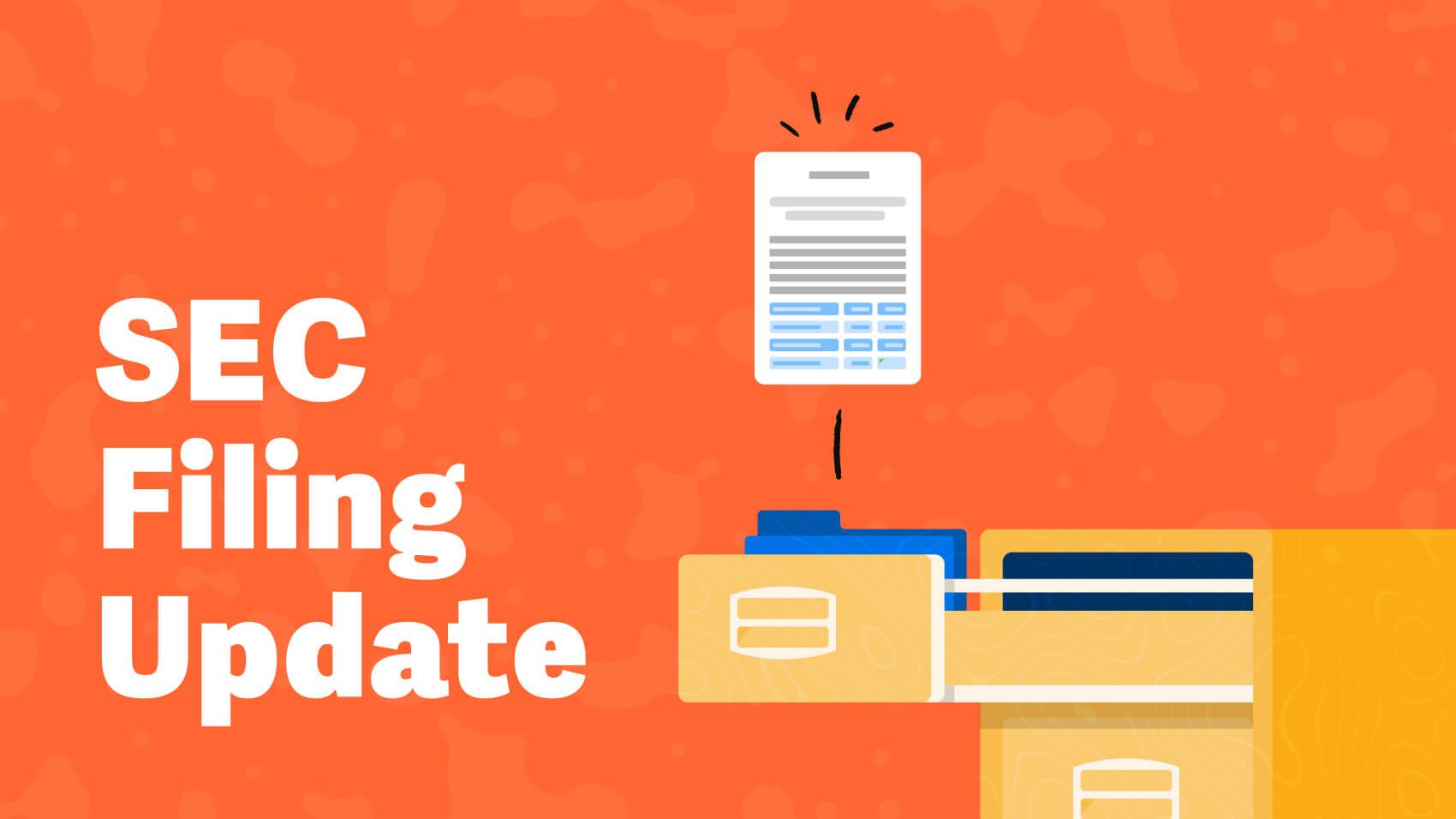The iXBRL Checklist You Need After the SEC Sample Letter

The recent U.S. Securities and Exchange Commission sample letter on XBRL® disclosures is a strong reminder to companies that iXBRLTM tagging shouldn’t be an afterthought.
As a quick refresher, Inline XBRLTM tags add context to key data points and are embedded within online SEC filings. Importantly, analysts, investment bankers and others can use the machine-readable tags to almost instantly consume, digest and automatically react to your company’s performance.
The 2023 SEC sample letter regarding XBRL disclosures includes examples of comments the SEC might send to companies that have let errors creep into their tagging or to companies that may have fallen behind in complying with newer requirements for iXBRL disclosures in the last few years.
XBRL mistakes can be a big problem hiding in plain sight, which is why the SEC announcement is really important. The good news is a modern SEC filing vendor and technology can help reduce the risk of error.
What’s in the SEC sample letter
The SEC posts sample letters a handful of times each year that every public company should heed. If you’re keeping track, there was one about China-specific disclosures in July 2023, and many will remember the 2021 SEC sample letter on climate change disclosures.
To be candid, the SEC sample letter on XBRL issues suggests it should be pretty easy to avoid getting a comment letter on XBRL disclosures if you have a modern SEC filing software vendor and best-in-class professional services team. (If you need help with that, let’s talk.)
The sample letter includes six basic questions that provide a checklist for what to review before you or your provider file your disclosures.
6 questions to ask before filing your SEC disclosure
Here’s a list of questions to ask in light of the SEC sample letter:
1. Did we include the required iXBRL presentation of information?
A host of iXBRL requirements have come into effect in the last few years, including a requirement for iXBRL presentation of pay versus performance data for top executives. Make sure you have a trusted party to help you stay up to date.
2. Are the data points presented on the cover page presented consistently throughout the filing?
With technology, you won’t have to check this by yourself manually. But bottom line, consistency is key.
3. Did we tag required pay-versus-performance disclosures in accordance with Item 405 of Regulation S-T and the EDGAR® Filer Manual?
Like I said, the questions are basic. I suspect some filers may have missed the tagging on this element after the rule took effect for proxy statements and information statements in 2023 for disclosures about executive compensation.
4. Have we provided Inline XBRL tagging for all required Item 402(v) data points?
The SEC notes some filers may combine multiple relationship disclosures in a single table or graphic, but separate XBRL tags for each data point are still required.
5. Is tagging consistent from one reporting period to the next?
The in-house team at Workiva says sometimes changes are needed in the tagging of prior periods when there are changes in accounting definitions, the nature of reported items, or in published guidance. But inconsistent tagging makes it more difficult for investors (and the SEC) to compare data.
6. Do we really need to use a custom tag instead of a standard one?
Although custom tags are allowed, ensure you have a process in place to only use custom tags if a standard tag is not available. While custom tags might seem more accurate, they can significantly affect data quality and comparability.
Ideally, you should be able to file a 10-K, proxy statement and other disclosures on a deadline without having to worry about XBRL mistakes. That only happens when you’ve prioritised your XBRL process, not when it’s merely an afterthought.
Final thoughts on iXBRL disclosures
I can still remember what Mike Willis, Associate Director in the SEC’s Division of Economic and Risk Analysis, said at an SEC Professionals Group event last year: “Data quality errors are just like cockroaches—there’s never just one.”
My long-held view is that public companies don’t focus enough attention on the XBRL portion of their filings, but from a practical standpoint, it’s not surprising. It’s a matter of prioritising time and resources at the end of the quarter. I’ve had to make those decisions myself, and it’s not easy.
Earnings news releases don’t include XBRL tags, and your auditor probably doesn’t pay much attention to your XBRL issues either.
Notwithstanding, my hope is that the SEC’s letter is a blunt reminder that the XBRL part of your SEC filings is incredibly important, and now’s the time to get it right by prioritising the expertise and technology to stay ahead of XBRL scrutiny.
If you find yourself in the SEC’s crosshairs, don’t let this crisis go to waste: Argue for the resources that you need to get it right.
How Workiva can help
More SEC filers choose to do their SEC reporting with the Workiva platform than any other vendor, partly for our XBRL and iXBRL software and services:
- You can link data from a single source of truth to many instances, so data are presented consistently across all linked instances
- Our platform will flag instances when XBRL tags for the same data points don’t match
- Built-in features like XBRL Review help you more quickly see items that need your attention
- The Workiva Professional Services team is the leading provider of XBRL and iXBRL services in the market
See how Workiva helps SEC reporting teams execute with confidence. Request a demo.
XBRL®, Inline XBRLTM, and iXBRLTM are trademarks of XBRL International, Inc. All rights reserved. The XBRLTM/® standards are open and freely licensed by way of the XBRL International License Agreement.
EDGAR® and SEC® are trademarks of the U.S. Securities and Exchange Commission. Workiva Inc.'s products and services are not affiliated with or approved by the U.S. Securities and Exchange Commission.


